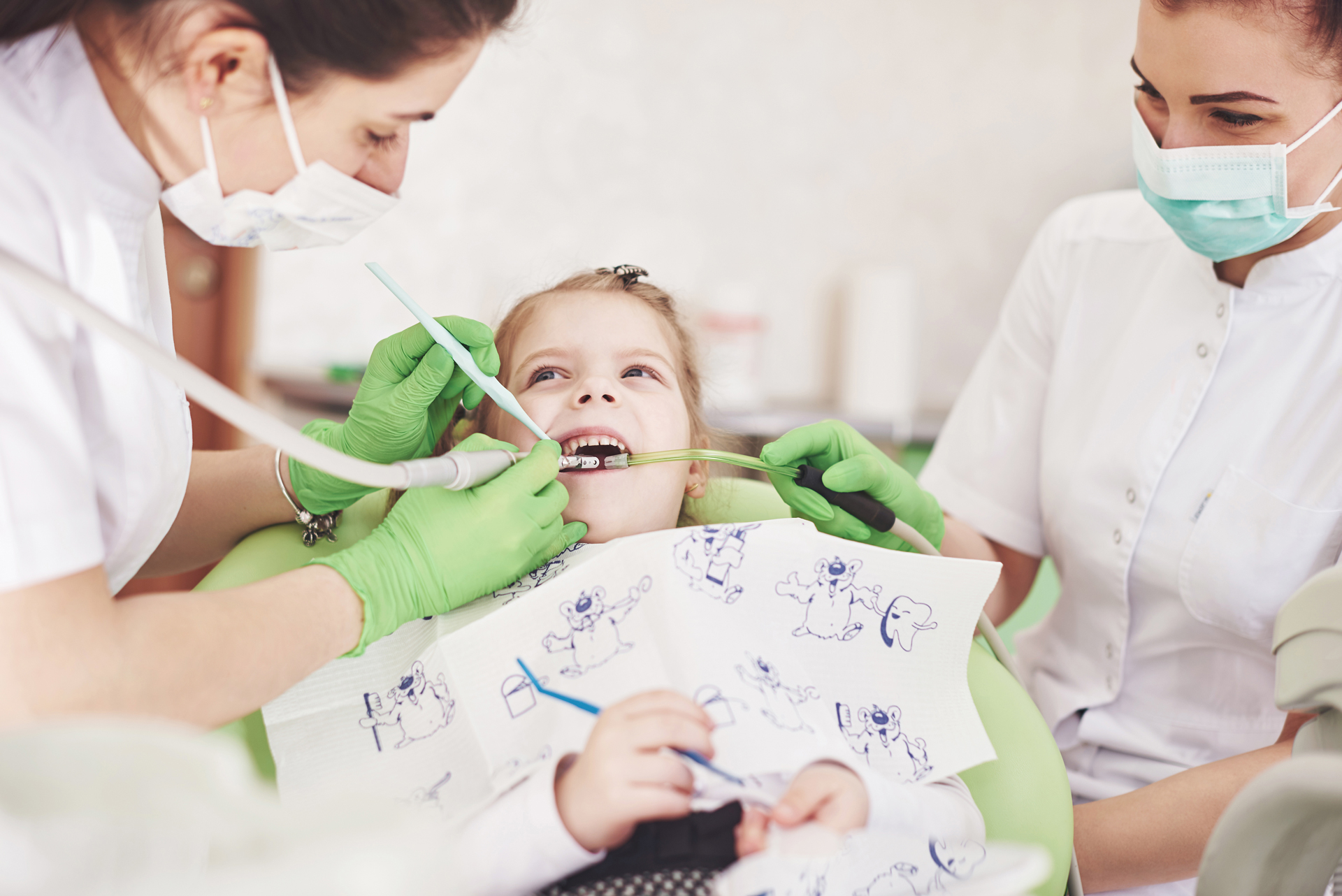Pediatric Dentistry (Pedodontics)
The branch of science in which all kinds of treatment and preventive dentistry procedures applied to children are performed is called pedodontics. Pedodontics is basically divided into 2 parts. The first is to treat the problems that have occurred; The second issue covers the prevention of possible problems in advance, that is, preventive and curative medicine
Why do children’s teeth rot?
Milk teeth contain more organic matter than normal teeth, so they are more prone to decay, they rot more easily and quickly. Children cannot interpret signals such as cold-hot sensitivity and mild pain that can be seen in the early period of caries in a timely manner. They realize the event only when the pain is unbearable, in which case it may be too late. Children cannot pay as much attention to oral care as adults. The child’s dexterity, curiosity and parent’s attitude determine the tooth brushing habit. A common mistake, especially by mothers, is to use a pacifier or bottle with sugar, jam, etc. and giving them to children by dipping them in foods such as sugary milk and fruit juice between sleep. Thus, the teeth become susceptible to decay due to nutritional irregularities.
Can caries formation be prevented?
A vaccine or drug that can completely prevent cavities has not yet been developed. However, some materials are used today to reduce the number of caries, one of them is; It is the material we call “fissure sealant”.
Dental caries usually starts in the grooves called “fissures” on the chewing surfaces of the molars and premolars. With the material we mentioned, the grooves are covered and the infiltration of microbes, food residues, etc. into that area is prevented, thus preventing the onset of cavities. This procedure can also be applied to permanent molars and premolars that erupt from the age of 6 years. Another way to prevent caries is to increase the resistance of teeth to caries. This resistance is gained by applying superficial fluoride to the teeth.
